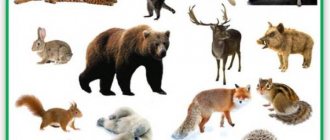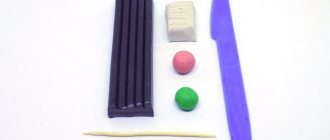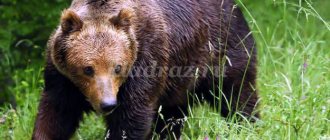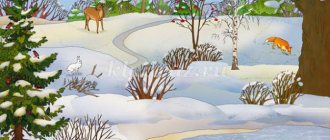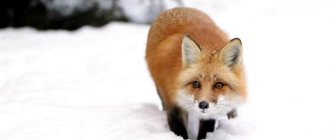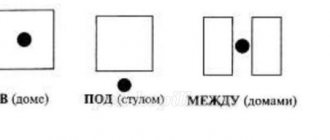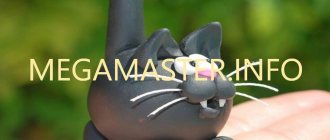Animal pests
Animals can also cause harm. Among them are many parasites of humans and domestic animals, as well as blood-sucking insect species that spread various diseases. Thus, ticks carry the pathogens of tick-borne encephalitis, and malaria mosquitoes carry malaria. Poisonous spiders (karakurt, tarantula), insects (bumblebee, hornet), snakes (viper, cobra) can threaten the health and even the life of humans and animals.
Quite a large number of rodents, insects, mites, and roundworms feed on cultivated plants, reducing their yield. Food supplies can be damaged by barn mites, mouse-like rodents and other animals.
Tarantula is a large poisonous spider that lives in hot, dry climates
The role of animals in the biosphere
The function of animals in the biosphere is that they participate in the cycle of substances and maintain it in a state of equilibrium. By consuming plants, animals stabilize biomass production. By carrying pollen, spores, and plant seeds, animals contribute to their reproduction. More than 80% of flowering plants cannot self-pollinate. Insects and birds come to their aid in this.
Sea creatures
Some species of marine animals, in particular mollusks, are capable of concentrating certain chemical elements in their exoskeleton. This plays an important role in stabilizing the level of mineral compounds (salts) in the waters of lakes, rivers, seas and the World Ocean as a whole. Currently, a person receives up to 10% of animal proteins only from fish and seafood.
Taxonomy of the animal world
The animal kingdom is divided into subkingdoms, types, classes, families, genera, and species. Animals belonging to the same genus are similar to each other, and animals of the same species can produce fertile offspring. Humans belong to the primate order of mammals and are grouped into one species - Homo sapiens.
Scheme of the development of the animal world. 1—protozoa. 2—coelenterates. 3—flatworms. 4 - roundworms. 5 - ringed worms. 6 - shellfish. 7 - arthropods. 8—echinoderms. 9— chordates
hummingbird bird
Hawkmoth butterfly
Herbivores contribute to balance in the biotope
Animals
- Holozoic heterotrophic nutrition
- The cell is not surrounded by a cell wall
- Animal tissue
- Mobility
- Release of nitrogen-containing metabolic products
- Excitability
- Sodium and calcium pumps
- Challenging behavior
- Neurohumoral regulation
- Simplified lifecycles
- Low regeneration ability
- The immune system
- Diffuse limited growth
The holozoic method of nutrition (from the ancient Greek ολο - “whole” and ζῷον - “animal”) - feeding on solid food particles that enter the body and are then broken down into smaller particles - digested.
The word “heterotrophic” is also very significant, it comes from gr. heteros other and trophe food, that is, literally “feeding at the expense of others.” Animals, unlike plants (which feed autotrophically), do not synthesize organic substances, but absorb ready-made ones: by eating plants, other animals, and carrying out parasitism.
In animals, there is no cell wall, the shape of the cell is not constant, due to which nutrition is carried out: in particular, in unicellular organisms, the cytoplasm, flowing, envelops the food particle and absorbs it (a phagosome is formed). In plant cells with a dense cellulose membrane, such movements and the holozoic type of nutrition become impossible.
There is a first time for everything in life. I had a moment when I first opened the chapter “Zoology” that was unfamiliar to me. I want to pay special attention to a moment that extremely confused me then (I’m very glad if it doesn’t confuse you!).
You must separate the concepts of “cytoplasmic membrane” and “cell wall” from each other. Remember that the cytoplasmic membrane is a mandatory attribute of the cell; all cells have it: plants, animals, fungi! Not all cells have a cell wall, but only those of plants, fungi, and bacteria.
The cell wall is the cell membrane located outside the cytoplasmic membrane, performing structural, protective and transport functions. It has increased strength and gives shape to the cell.
Man, the pinnacle of evolution, and other animals consist of 4 types of tissue: epithelial, internal environment (connective), muscle and nervous.
Animals use substances accumulated by other organisms as a source of energy. Organisms are located in different places, so it is vital for animals to move and find new sources of energy.
There are also sessile animals that have lost mobility. They lead a parasitic lifestyle and can be filter feeders (sea bottom animals) - bivalves: oysters, tridacnids.
Animals are characterized by the release of by-products of protein metabolism in the form of urea and uric acid. The excretory function is performed by the organs of the excretory system, in humans - the kidneys.
Excitability is a unique property of some animal tissues - muscle, nervous. Under the influence of an irritant, changes occur in the body: muscle tone changes, nerve impulses are generated.
These are molecular mechanisms located at the boundary of the cell with the environment. These two pumps are found only in animals. The sodium pump is associated with the work of connective and nervous tissue, the calcium pump is located in the muscles. They control the concentration of ions outside and inside the cell, thus influencing its activity and functioning.
Due to the progressive development of the nervous system, animals are characterized by complex behavior based on conditioned and unconditioned reflexes. For humans, the highest stage of evolution, the maximum development of higher nervous activity, expressed in thinking, memory, and speech, is especially characteristic.
Neurohumoral regulation is one of the forms of physiological regulation of vital processes in the body of animals and humans. The term “neurohumoral regulation” refers to nervous regulation, which consists of excitation of nervous tissues and the movement of impulses, and humoral regulation (from the Latin humor - liquid), carried out thanks to biologically active substances in the internal environments of the body - blood, lymph.
Thus, “neurohumoral regulation” represents the participation of nervous and humoral regulation in a single regulatory process.
For the most part, animals do not have complex, intricate life cycles, alternating between sporophyte and gametophyte, like plants. The haploid phase (n) is represented only by gametes
The vast majority of animals do not have such pronounced regenerative abilities as plants.
Animals have a complex immune system. Its main functions are to protect the body from infectious diseases and destroy tumor cells.
The growth of animals, unlike the growth of plants, is limited; after reaching a certain genetically determined limit, growth stops. Plants grow throughout their lives in growth points (zones) - the apical meristem, the zone of root division. Animals do not have such a local concentration of educational tissues; they grow diffusely over the entire surface at once, and not at the expense of individual areas.
In arthropods, body growth is restrained by a dense exoskeleton - chitinous cover.
